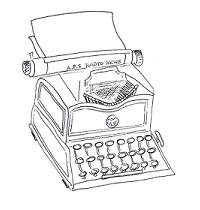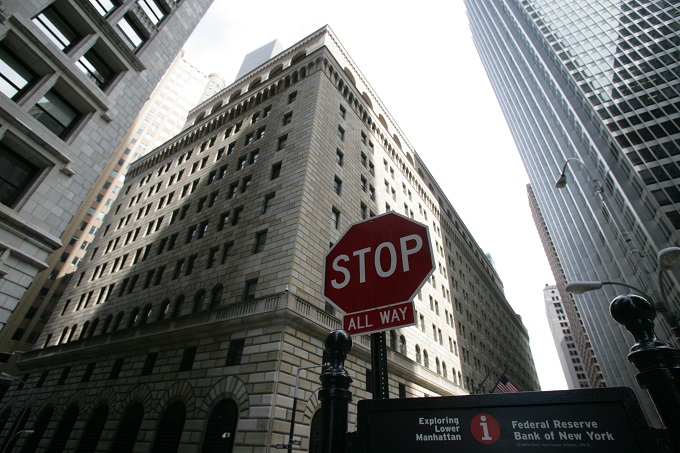economy news online news
By Daniel Avis
The key US inflation measure used by the Federal Reserve to set interest rates ticked up again in August, fueled by rising energy prices, according to government data published Friday. online news
But aside from volatile food and energy costs, which are still paining Americans at grocery stores and gas pumps, inflation actually slowed last month to reach its lowest annual rate since 2021.
This is a welcome development for policymakers hoping to slow price increases without crashing the economy.
The Fed has raised interest rates 11 times since March 2022 in a bid to tame inflation and bring it firmly down to its long-term target of two percent.
Although inflation has come down sharply in the last 12 months, it remains stuck stubbornly above the Fed’s target, even increasing slightly over the summer, which has kept up the pressure on the central bank.
The annual personal consumption expenditures (PCE) price index rose 3.5 percent in August, up 0.1 percentage point from last month, the Commerce Department announced in a statement.
Month-over-month, PCE inflation increased by 0.4 percent, in line with the median expectation of economists surveyed by Briefing.com.
The move was fueled by an increase in energy prices, which climbed 6.1 percent from July, while food prices also rose slightly.
However, once volatile food and energy prices are stripped from the inflation figures, the picture looks far brighter.

So-called core inflation slowed to an annual rate of 3.9 percent in August, down sharply from recent months — its lowest level for almost two years.
Policymakers received more positive news Friday as the Commerce Department data showed US citizens’ personal incomes grew by 0.4 percent.
“Overall, spending remains positive and inflation is slowing, which will be welcome news to policymakers,” High Frequency Economics Chief US Economist Rubeela Farooqi wrote in a note to clients.
economy news online news
She added that slower income growth and more easing of price pressures should keep the Fed’s rate-setting committee “on the sidelines for the rest of 2023.”
The Fed has said it will take a data-dependent approach to future interest rates.
Its rate-setting committee held interest rates steady in September but warned it expected another hike would be needed before the end of the year to tame inflation.
Slowing core inflation is likely to be seen as a positive development among policymakers, since it indicates that prices are still heading in the right direction despite the recent rise in energy costs.
If data continues to indicate slowing core inflation and a strong job market, the Fed may be minded to pause again at its next rate decision.
Futures traders currently assign a probability of more than 85 percent that the Fed will hold rates steady at that decision on November 1, according to data from CME Group.
da/st
© Agence France-Presse All rights are reserved
economy news online news
Federal Reserve issues FOMC statement
Recent indicators suggest that economic activity has been expanding at a solid pace. Job gains have slowed in recent months but remain strong, and the unemployment rate has remained low. Inflation remains elevated.
The U.S. banking system is sound and resilient. Tighter credit conditions for households and businesses are likely to weigh on economic activity, hiring, and inflation. The extent of these effects remains uncertain. The Committee remains highly attentive to inflation risks.
The Committee seeks to achieve maximum employment and inflation at the rate of 2 percent over the longer run. In support of these goals, the Committee decided to maintain the target range for the federal funds rate at 5-1/4 to 5-1/2 percent. The Committee will continue to assess additional information and its implications for monetary policy. In determining the extent of additional policy firming that may be appropriate to return inflation to 2 percent over time, the Committee will take into account the cumulative tightening of monetary policy, the lags with which monetary policy affects economic activity and inflation, and economic and financial developments. In addition, the Committee will continue reducing its holdings of Treasury securities and agency debt and agency mortgage-backed securities, as described in its previously announced plans. The Committee is strongly committed to returning inflation to its 2 percent objective.
In assessing the appropriate stance of monetary policy, the Committee will continue to monitor the implications of incoming information for the economic outlook. The Committee would be prepared to adjust the stance of monetary policy as appropriate if risks emerge that could impede the attainment of the Committee’s goals. The Committee’s assessments will take into account a wide range of information, including readings on labor market conditions, inflation pressures and inflation expectations, and financial and international developments.
Voting for the monetary policy action were Jerome H. Powell, Chair; John C. Williams, Vice Chair; Michael S. Barr; Michelle W. Bowman; Lisa D. Cook; Austan D. Goolsbee; Patrick Harker; Philip N. Jefferson; Neel Kashkari; Adriana D. Kugler; Lorie K. Logan; and Christopher J. Waller.
Notes from APS Radio News
Reportedly because of what was being called a “pandemic”, a number of the world’s central banks embarked on massive programs of monetary expansion, starting in late February and early March of 2020.
For its part, between the early part of March of 2020 to over a year later, the US Federal Reserve added over $4 trillion to its holdings, by purchasing billions of dollars’ worth of Treasury bonds and corporate bonds each month during that period.
As well, at that time it kept interest rates rather low.
Other central banks, including the Bank of Japan and the European Central Bank, followed similar policies.
In addition, during that period many countries engaged in lockdowns; many small and medium-sized businesses and enterprises were shuttered by way of orders issued by public health officials, politicians and various administrators.
One of the direct causes of those shutdowns was the development of shortages.
According to a number of economists, the combination of shortages of various goods and services and massive programs of “quantitative easing” led to substantially higher rates of inflation.
In consequence of shuttered economies and higher rates of inflation in the first world, less developed countries suffered greatly, due, in part, to shortages of supplies and due to lowered demand.
For some time, in its articles about China, The Wall Street Journal has pointed to “covid” related lockdowns as being one of the major causes of China’s downturn in its economy.
In the US, by October of 2020, over 100,000 businesses had been shuttered by way of lockdowns
economy news online news


